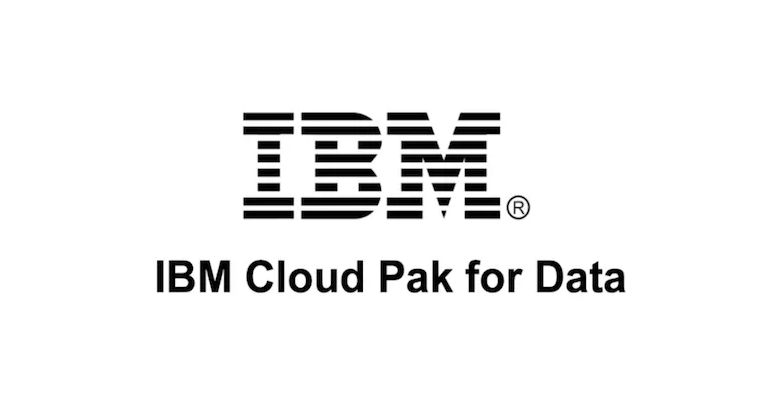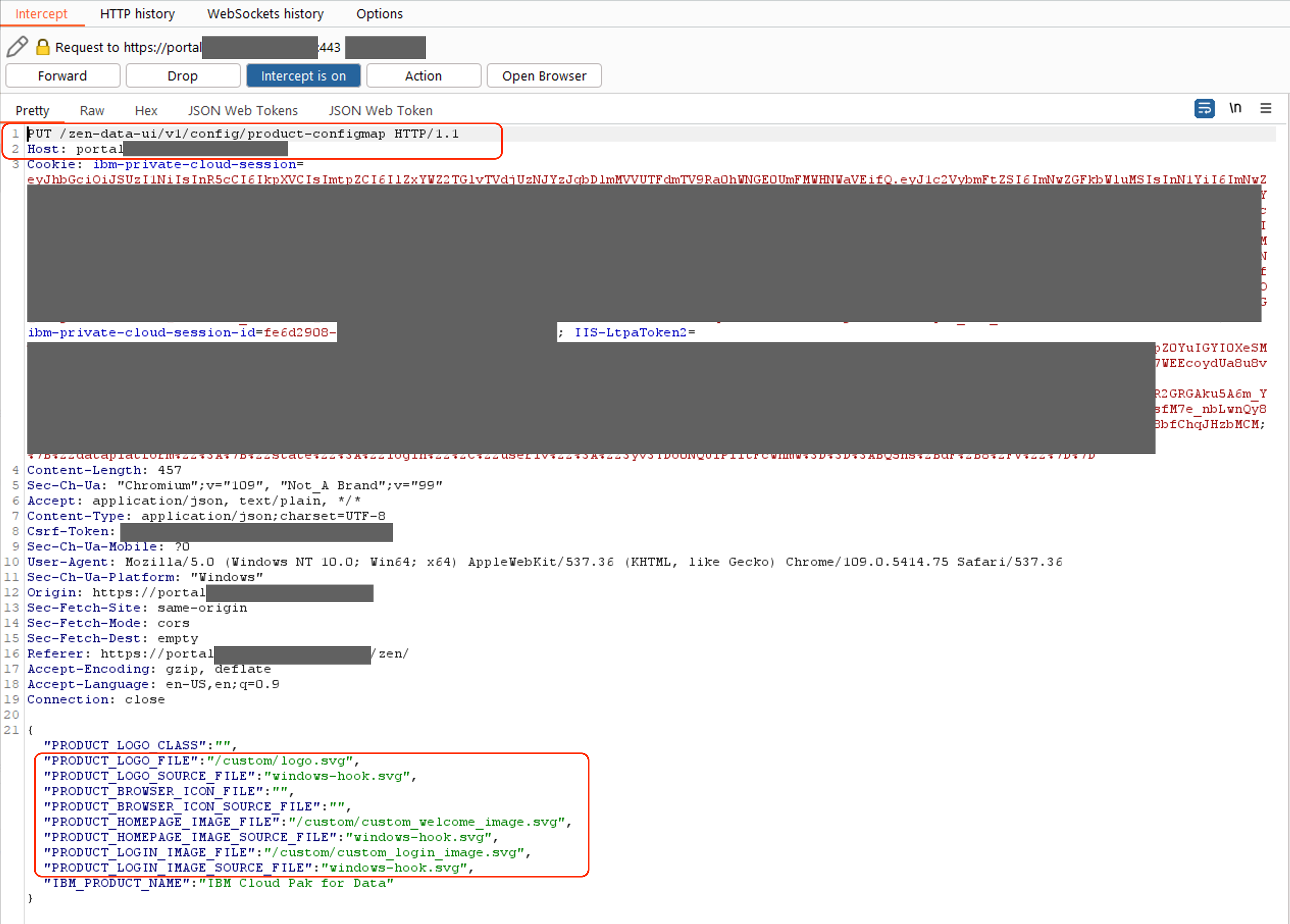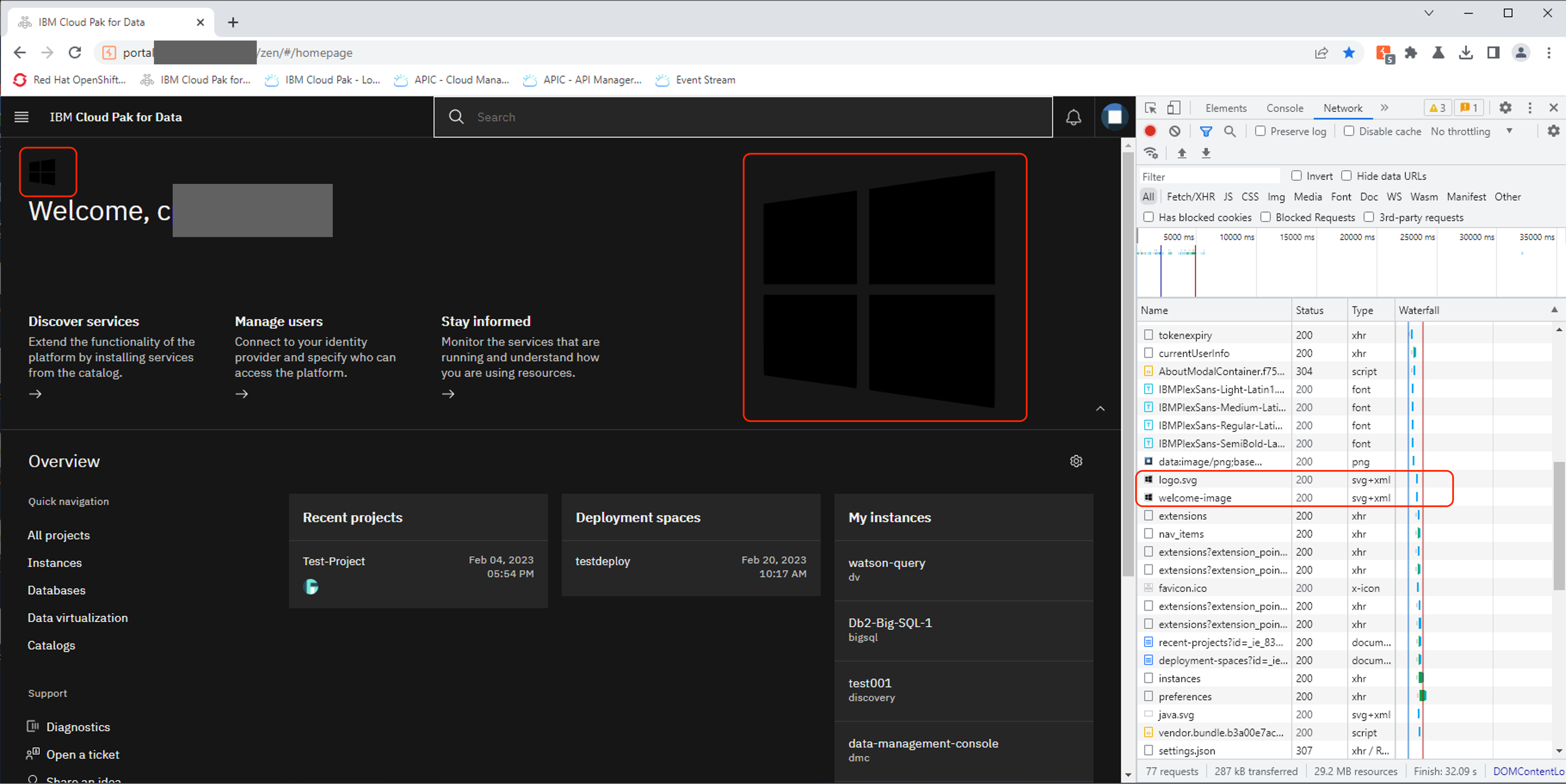Stored XSS via SVG Upload in IBM CP4D and Event Stream
Stored Cross-Site Scripting (XSS) via SVG File Upload in IBM Cloud Pak for Data and IBM Event Streams.
Disclosure Context:
This vulnerability was responsibly reported to IBM during a security assessment in April 2023. Despite multiple attempts to coordinate, IBM has not issued a CVE ID after more than two years.
Given the extended delay and the lack of response from IBM, this disclosure is being published publicly and de-anonymized in accordance with standard responsible disclosure practices to raise awareness and enable remediation.
Disclosure Timeline:
- Vulnerability discovered: April 2023
- Reported to IBM: April 2023
- Follow-ups: Multiple (no CVE issued)
- Public disclosure: April 2025
Affected Product:
| Application | Tested Version |
|---|---|
| IBM Cloud Pak for Data | 4.6.1 |
| IBM Event Stream | 11.1.3 |
Other versions may also be affected.
Summary:
A stored cross-site scripting (XSS) vulnerability exists in the Customization page of IBM CP4D and IBM Event Streams. The application allows the upload of SVG images without sanitization, enabling embedded <script> tags to be executed when the image is rendered in the UI or accessed directly via URL.
Steps to Reproduce:
Log in to IBM CP4D/IBM Event Stream as an authenticated user
Navigate to: Administration > Customization or relevant branding section
Upload the SVG file which includes XSS alert:
1 2 3
<svg xmlns="http://www.w3.org/2000/svg"> <script>onload=alert(`1`);</script> </svg>
After upload, navigate to the Home page where the image is displayed
Right-click the uploaded image and select “Copy Image Address”
Paste the image URL in a new browser tab
The
<script>inside the SVG executes immediately in the browser, demonstrating a persistent stored XSS vector.
Vulnerability Type:
- CWE-79: Improper Neutralization of Input During Web Page Generation (‘Cross-site Scripting’)
- CWE-434: Unrestricted Upload of File with Dangerous Type
- CWE-200: Exposure of Sensitive Information to an Unauthorized Actor (via URL path disclosure)



